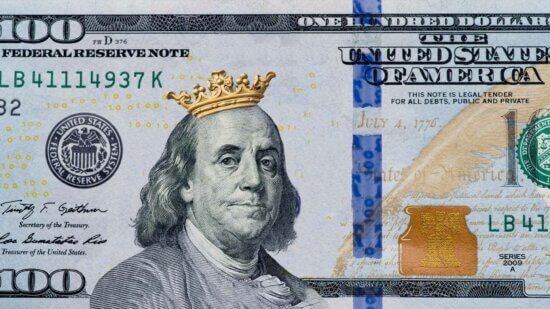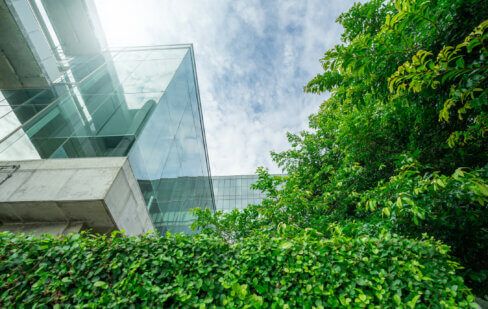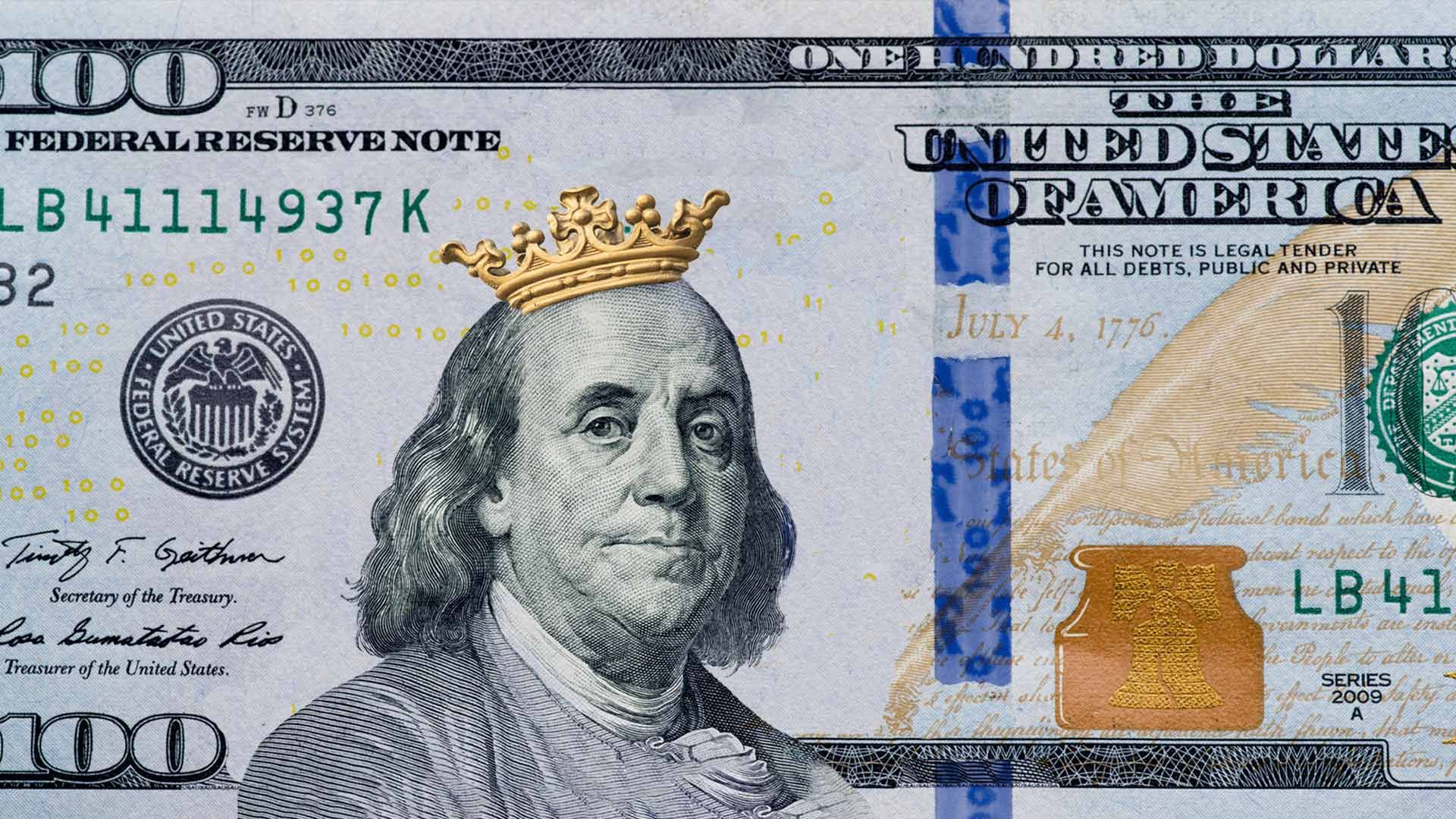
Rising delinquencies and the higher cost of capital suggest a mild recession could occur in late 2023 or early 2024, despite current consumer resilience.
As market participants and analysts continue to debate the likelihood of an impending recession, the conversation often centers around key indicators and shifts in the economic landscape. In this discussion, we explore the potential for a mild recession and the broader implications of a rising cost of capital.
The Elusive Recession and the Resilient Consumer
The anticipation of a recession in the U.S. has been a topic of discussion since early 2022. Initially, there was a broad expectation that a significant recession would occur in the first half of 2023. However, as the year progressed, it became evident that the U.S. economy, buoyed by the strength of the consumer, has managed to avoid this outcome so far. The resilience of the U.S. consumer, bolstered by savings accumulated during the pandemic, has played a pivotal role in delaying the economic downturn.
Despite several leading indicators pointing toward an impending recession—such as the inverted yield curve, negative leading economic indicators, and tightened credit conditions—the economy has yet to tip over. However, signs of stress are beginning to emerge. Credit card delinquencies and auto loan delinquencies are on the rise, and there are early indications of similar trends in the housing market. Although these metrics are climbing rapidly, they have not yet reached levels considered normal, which raises the question of whether they will continue to escalate beyond historical norms.
The consensus within Thornburg is that the U.S. consumer’s strength will eventually wane under the pressure of higher rates and tightening credit conditions, leading to a mild recession in late 2023 or early 2024. This view is anchored in the belief that the cost of higher rates will gradually slow consumer spending, which has been a key driver of economic growth. As such, the health of the U.S. consumer remains a critical factor to watch in the coming months.
The Shift to a Higher Cost of Capital
One of the significant changes in the current economic environment is the structural shift from an era of near-zero interest rates to one where capital has a meaningful cost again. For nearly 15 years, low or zero interest rates allowed companies, especially those with weak financials, to thrive despite unprofitable business models. This environment fostered the growth of businesses that prioritized customer acquisition over profitability, often resulting in losses on every customer while still pursuing aggressive expansion.
However, with the normalization of interest rates and the return of a higher cost of capital, the landscape is shifting. Companies that could once survive, or even flourish, in a low-rate environment are now struggling as investors become more discerning, and funding for unprofitable ventures dries up. In this new regime, businesses with durable models, strong competitive advantages, and the ability to withstand higher borrowing costs are better positioned to succeed.
Thornburg’s investment team believes that companies with slower, but more stable growth prospects, and those that have built resilient business models, will emerge as the primary beneficiaries of this shift. These companies are more likely to survive and even thrive in an environment where capital is no longer cheap, allowing them to regain market share from weaker competitors.
In conclusion, the global markets are at a crossroads, with a potential recession looming and significant shifts occurring in the cost of capital. The resilience of the U.S. consumer and the adaptability of companies to a higher rate environment will be critical factors in determining the economic trajectory in the months ahead. While uncertainty remains, careful observation of these trends will provide valuable insights for investors navigating this complex landscape.
Discover more about:
More Insights

The High-Quality Case for Investing in Global Luxury Goods

Why Cash Is No Longer King: Bonds Should Reign

Using Dividends to Strengthen Portfolios Amid Lower Rates

The ABCs of Tax-Loss Harvesting

Beyond ESG Scores: Active, Governance-Driven Alpha

